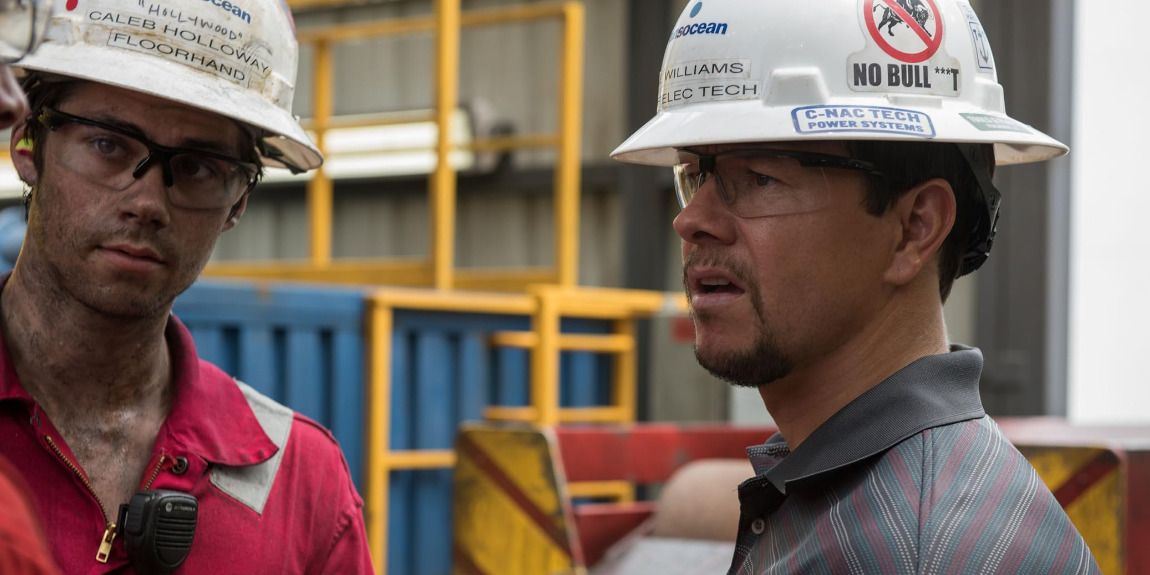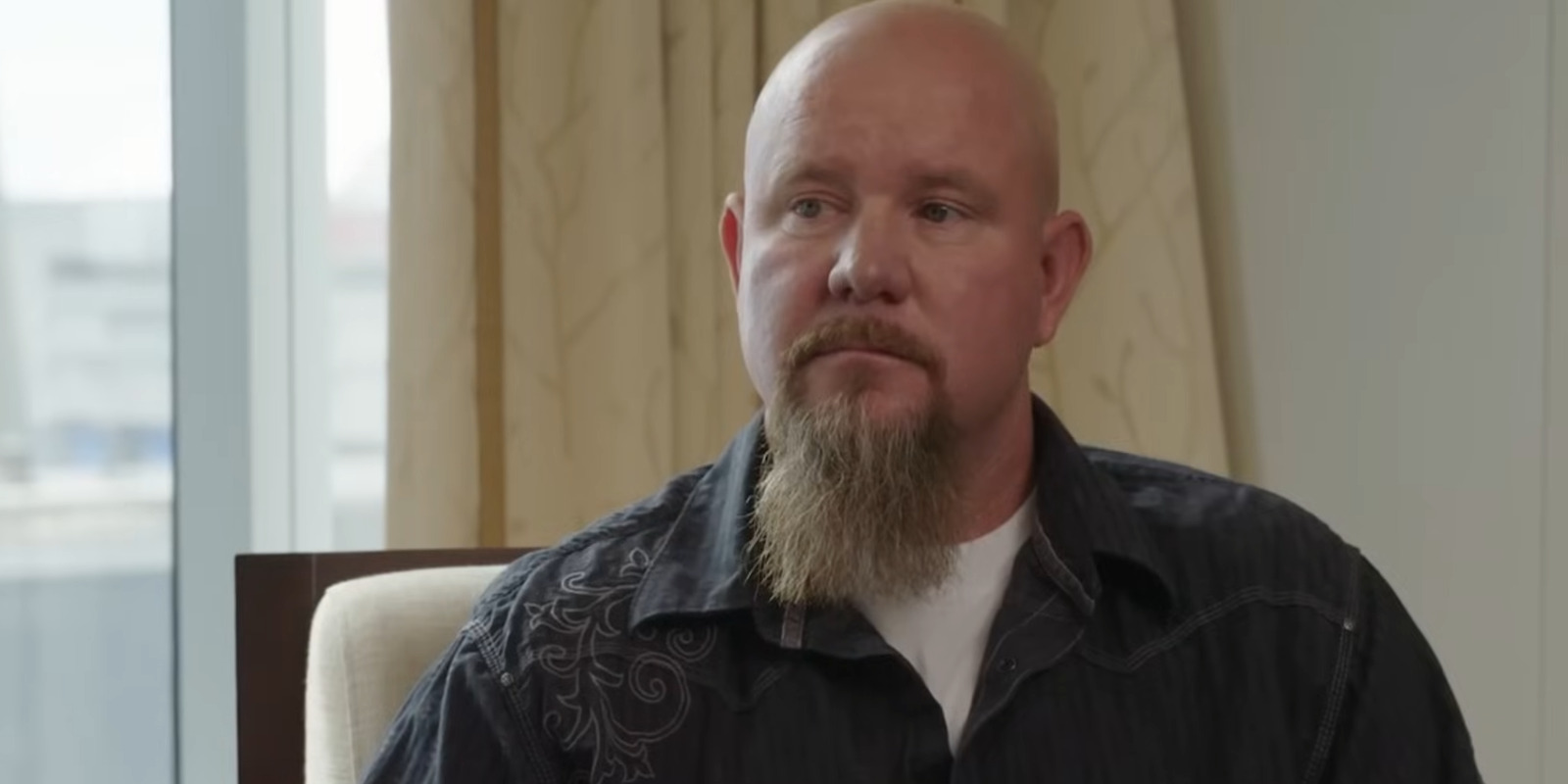In the 2016 film, ‘Deepwater Horizon,’ director Peter Berg dramatizes the events of April 2010 when the eponymous oil drilling rig on the Macondo Field in the Gulf of Mexico underwent a disastrous blowout that resulted in the biggest oil spill in the nation’s history. The film focuses on a handful of characters from the 126 crew members on board, charting the tragedy through the perspective of some survivors who play instrumental roles in the rig’s evacuation.
Among other characters — like Offshore Installation Manager Jimmy and Operator Andrea — Chief Technician Mike Williams emerges as a central protagonist. As such, the narrative closely follows Mike’s experiences from his arrival at Deepwater Horizon to the aftermath of the day’s tragedy. For the same reason, the biographical nature of the story is bound to rouse interest regarding Mark Wahlberg’s character and his real-life whereabouts.
Who is Mike Williams?
Hailing from Texas, Mike Williams worked on the Deepwater Horizon oil drilling rig as the Chief Electronics Technician during the 2000s. His job profile included maintaining the rig’s computer systems, and his experience left him well-versed in the workings of the setup. Reportedly, even before the disaster on April 20, the man claims to have raised valid concerns about the rig’s safety measures. “Most of these accidents are not accidents,” Williams would later tell the Financial Post in 2017, looking back on his experience aboard the rig. “They are decision problems. Someone made an incorrect decision, [or] incorrect assumption, or incorrect data analysis and believed what they were doing. We need to train people to make better decisions.”

One such decision — among many — that played a role in the April 2010 disaster was the alarm system’s failure. Although designed to originally alert the master alarm upon the first sign of high gas levels, the system was modified with Transocean and the Coast Guard’s greenlight. The modification rendered the alarm to require manual activation, opening up the doors for human error or misjudgment. As such, even after the initial knowledge of the gas leak spread among some rig crew members who attempted to react to the situation, Williams remained unaware of the grave situation until he heard Engine commotions.
Simultaneously, the blowout’s first big explosion took hold, sweeping up the technician’s electronic shop as collateral. Tussling with exploding doors, Williams sustained many injuries before making it to the lifeboat deck in time. “I was mad that these fire doors that are supposed to protect me are hurting me,” Williams shared in an interview with ’60 Minutes,’ recalling the horrifying scene that left him bloodied and wounded. Even after arriving at the lifeboat deck, Williams decided to prioritize helping his crew members and made his way to the bridge. There, he alarmed the captain of the engine room’s destruction.
Eventually, the bridge crew rang the master alarm, with the captain making an emergency announcement to the crew. Afterward, the bridge crew realized they needed to turn on the generators for any hope of fighting the fires, prompting Williams to volunteer alongside two other men, Bertone and Meinhart. The quest— which ultimately failed— left Williams as one of the final ten on the burning rig as the other crew members evacuated on lifeboats. A plan emerged to utilize the inflatable raft. As such, the remaining crew struggled with inflating and lowering the raft, with explosions continuing in the background.
Ultimately, the raft descended prematurely, leaving Williams no choice but to jump off the helicopter pad, over a surrounding line of fire, and into the ocean below. Afterward, a raft picked the man up and took him to the nearby Damon Bankston supply boat, where the survivors gathered. From there, Williams, who sustained serious injuries, was medevac’d in a helicopter.
Mike Williams Runs a Construction Company Today
Even after surviving the Deepwater Horizon blowout, Williams’ struggle didn’t end. Two weeks later, the still recovering man found himself ushered into a roomful of lawyers. 28 legal representatives working for Williams’ bosses questioned the man, while he was still in his hospital gown, about his account of recent the events. “I was released from that room and transferred back to Dallas and called an attorney to represent me,” said the man. “I didn’t want the death of 11 men [Williams’ crewmates who died in the blowout] to be placed on me.” In the end, the federal court found BP, the oil and gas company running the operation, primarily responsible for the spill.
Meanwhile, Williams was left to deal with the aftermath of his traumatic experience. “I spent about two years in my house,” Williams shared in a People interview. “I have severe PTSD, survivor’s guilt that took me a very long time to overcome. I’m still not completely over it, but I’m able to function in public now.” The man went on to add how he struggled with crowded rooms for the first few years, unable to be in any place without analyzing exit strategies. Furthermore, the sound of a helicopter remains a trigger for the man, reminding him of his strained evacuation. Worse yet, Williams also found it incredibly difficult to deal with the deaths of his crewmates, whose bodies couldn’t even be recovered from the site.
The traumatic experience of Williams and his co-survivors provided a perspective to the industry to help them prevent similar mistakes from occurring in the future. Furthermore, the man went on to become a consultant for Berg’s film, providing constant guidance to ensure the story remained authentic to his and his crewmates’ lived experiences. “It’s [‘Deepwater Horizon,’ the film] an important tribute to my 11 brothers,” said Williams. “When I agreed to assist them with this project, it was under the direction of I have to speak for 11 people who cannot speak.”
Even so, the film’s screening was emotionally taxing for Williams, who brought his psychologist along for support. Thus, it remains evident that the man continues to struggle with his traumatic past. Today, Williams no longer works in the oil industry and instead owns a heavy construction company of his own in Dallas, where he resides with his family. Despite advocating for better safety practices in the industry and recognizing the changes that have come since the Deepwater Horizon disaster, Williams refuses to return to another offshore rig. These days, the man, without any social media presence, leads a private life away from the public eye.
Read More: Best True Story Movies on Amazon Prime


You must be logged in to post a comment.